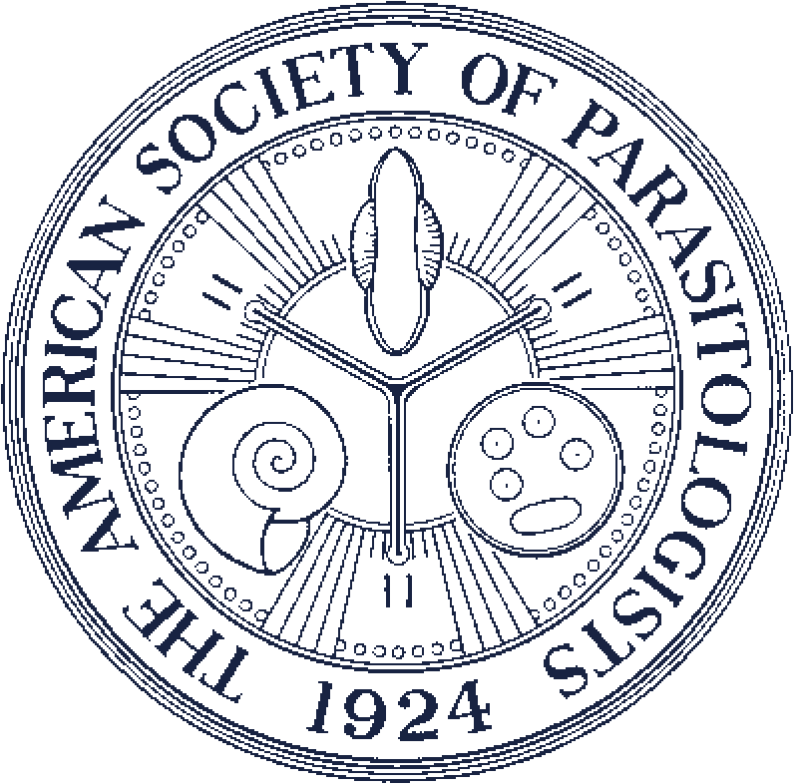A Combined Morphometric and Molecular Approach to Identifying Metacercariae of Euclinostomum heterostomum (Digenea: Clinostomidae)
Metacercariae of species of Euclinostomum have been found encysted in kidney, liver, and muscles of several fish species, while adults occur in the mouth, pharynx, larynx, trachea, and upper esophagus of fish-eating birds. The aim of this work was to gather molecular and morphological data from the type species, Euclinostomum heterostomum, as a starting point for needed revisions of the genus. Metacercariae were collected from cichlids in Lake Kinneret, Israel, and all were identified as E. heterostomum based on morphology. This identification was further confirmed by principal components analyses that revealed no partitions in morphometric resemblance, indicating that the material represents a single species, and that the specimens were morphometrically similar to other descriptions of E. heterostomum. In phylogenetic analysis of concatenated partial internal transcribed spacer 1 and 2, 5.8S rDNA, and partial cytochrome c oxidase I barcode sequences, the isolates of Euclinostomum obtained in this study form a single, monophyletic group separate from recently published data from Euclinostomum sp. from Thailand and from Clinostomum species, which are also monophyletic. The morphological and molecular data reported in the present work can provide a useful point of reference for future studies.Abstract

Principle components analysis of 21 morphometrics from 41 metacercariae belonging to Euclinostomum collected from Cichlidae in Lake Kinneret, Israel, in the present study. The first axis (Axis 1, eigenvalue = 8.67) explains 41.3% of the morphometric variation among the specimens. Body length is the most strongly loading component on this axis (see vectors at left), but because other features load with similar strength, none are labeled. Axis 2 and subsequent axes (eigenvalues ≤ 1.93) each explained less than 10% of morphometric variance.

Principle components analysis using the mean values for four variables (body length and width, ventral sucker length and width) reported in 19 studies of Euclinostomum. The first axis (Axis 1, eigenvalue = 3.40) explains 85.1% of morphometric variation. The white circle indicates data from the present study. Filled squares are E. heterostomum, with data from Ukoli (1966) and Purivirojkul and Sumontha (2013) indicated, and other data from Van der Kuyp (1953), Fischthal and Kuntz (1963), Dönges (1974), Britz et al. (1984), Jhansilakshmibai and Madhavi (1997), Vankara (2011), and Suanyuk et al. (2013). White squares are from descriptions and reports of other species; each is labeled with the species name (data from Dubois, 1930; Tubangui and Masiluñgan, 1935; Bhalerao, 1942; Dollfus, 1950; Jaiswal, 1957; Agarwal, 1958; Velasquez, 1959; Bilqees, 1972; El-Naffar and Khalifa, 1981; Shaikh et al., 2011).

Principle components analysis using the mean values for 11 variables reported in 13 studies of Euclinostomum. The first axis (Axis 1, eigenvalue = 5.73) explains 52.1% of morphometric variation. Axis 2 and subsequent axes (eigenvalues ≤ 2.00) each explained less than 18.2% of morphometric variation. The white circle indicates data from the present study. Filled squares are E. heterostomum, with data from Ukoli (1966) and Purivirojkul and Sumontha (2013) indicated, and other data from Fischthal and Kuntz (1963), Dönges (1974), Britz et al. (1984), Jhansilakshmibai and Madhavi (1997), and Suanyuk et al. (2013). White squares are from descriptions and reports of other species; each is labeled with the species name (data from Dubois, 1930; Bhalerao, 1942; Jaiswal, 1957; Agarwal, 1958; Bilqees, 1972; Shaikh et al., 2011). BL = body length; BW = body width; OS L = oral sucker length; OS W = oral sucker width; VS L = ventral sucker length; VS W = ventral sucker width; AT W = anterior tests width; PT L = posterior testis length; PT W = posterior testis width; OV L = ovary length; OV W = ovary width.

Evolutionary history constructed with Bayesian inference from concatenated sequences of partial cytochrome c oxidase I (532 bp) and partial internal transcribed spacer 1 (397 bp), 5.8S (157 bp) and partial internal transcribed spacer 2 (73 bp) from 73 specimens of Euclinostomum and Clinostomum sp. The upper clade of Euclinostomum heterostomum sequences were generated in the present study. Other clades are labeled according to identifications in original studies (Galazzo et al., 2002; Locke et al., 2010, 2011, 2015; Caffara et al., 2011, 2014a, 2014b; Pinto et al., 2015; Senapin et al., 2014). Node labels are posterior probabilities. Sequence accessions are listed in Materials and Methods.

Euclinostomum heterostomum metacercaria. Scale bar = 800 μm.
Contributor Notes
These authors contributed equally to this study.
